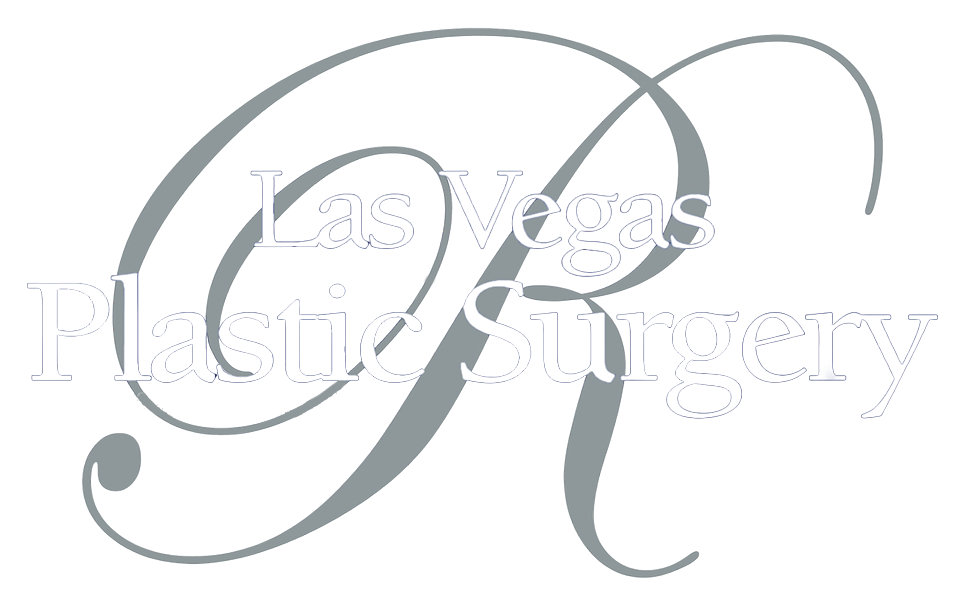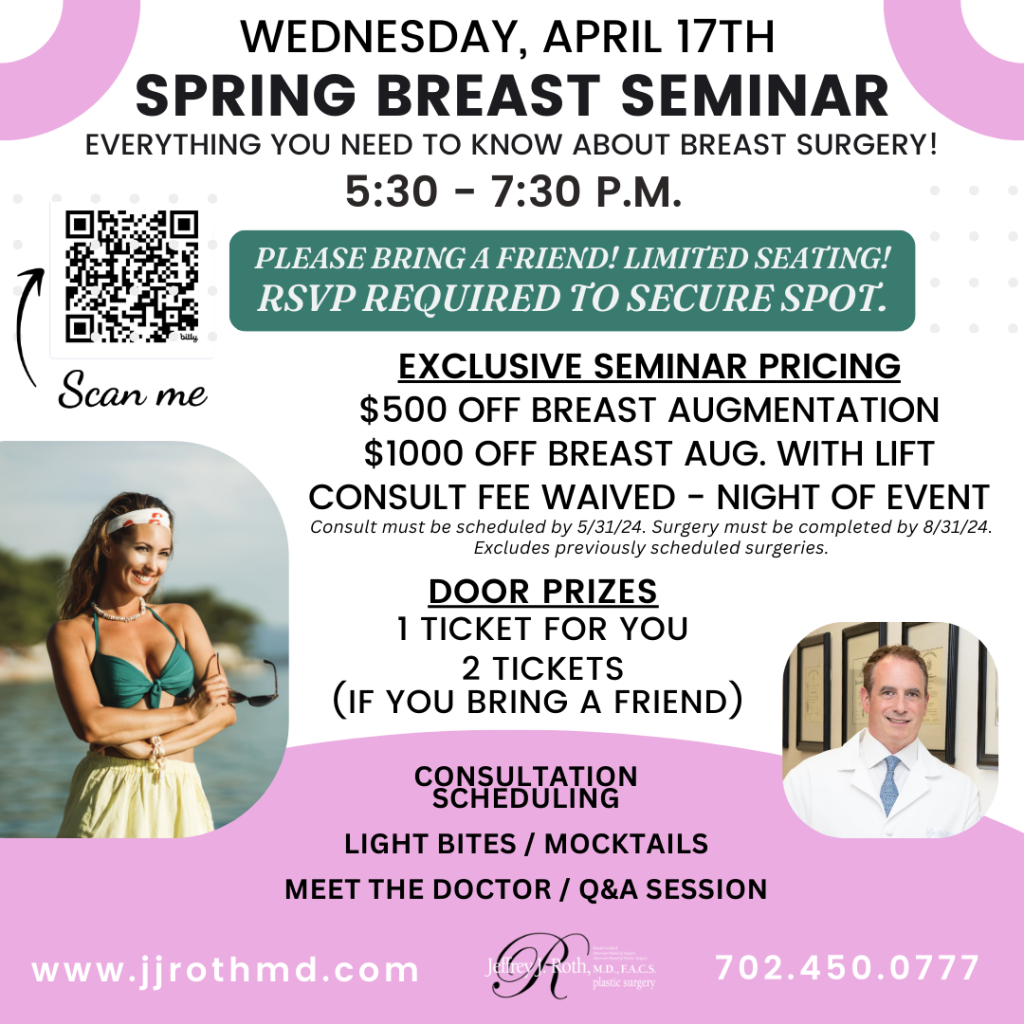If you would have longed for fuller, shaplier breasts, you may be considering getting breast implants. Taking that step to choose a breast augmentation can be both exciting and nerve-wracking. Understanding the procedure, who it’s best for, how safe it is, and other important factors can give you some peace of mind. In this post, I answer some of the most common questions about the procedure to help you better understand all that breast augmentation entails.
1. Why do women get breast augmentation, and who is a candidate?
To enhance the body contour of a woman who feels her breast size is too small. In addition to positive aesthetic results, data from The Aesthetic Society has shown women often receive a substantial psychological boost.
Women who choose to get breast implants often do so for the following reasons:
- To correct a reduction in breast volume.
- To balance a difference in breast size.
- For reconstruction after breast surgery.
Candidates are women who are looking for improvement, not perfection. One should be physically healthy and have realistic expectations. Sometimes just the augmentation will address the issue, other times, a breast lift is needed. Goals should be discussed with your plastic surgeon, as each individual is different.
2. How many breast augmentations are done in the United States?
More than 364,000 breast augmentations were done in the United States in 2021, according to The Aesthetic Society. It is the second-most popular cosmetic surgery overall, after liposuction. A study published in the Plastic and Reconstructive Surgery journal found that people with saline implants reported a very high satisfaction rate of 93%. (The mean follow-up time was 13 years).
3. Where will the scar be?
Incisions (and the resulting scar) may be placed in the axillae (armpit), inframammary fold (under the breast), or peri-areolar (around the nipple/areola complex). Incision placement will depend on multiple factors, including your particular anatomy, tissues, and goals.
4. How long does the procedure take, what is the recovery time, and pain involved?
Operating time is usually 1 to 1-1/2 hours, depending on multiple factors; surgical approach, amount of dissection, etc. You’ll wake up in the recovery room and typically go home after that. Recovery time depends on your specific operation and the work that you do. You can learn more about day-by-day recovery time after breast augmentation in our related blog post.
If you have stitches, they are usually removed a week after surgery. Most people are back to work within 7 to 10 days or so; although if your work is sedentary, you may return as you feel fit.
The discomfort is usually well tolerated. We sometimes offer the option of placing a “pain pump” during the procedure. The pump, (which comes in a fanny pack), will drizzle out medicine into the pocket. It is simply removed in 2 to 3 days. Patients with the pump typically take less pain medicine and are more active earlier.
5. Can breast implants leak?
Implant failures are rare, (reported to be 1 to 3% over many years). Some implants are filled with saline, (basically sterile saltwater), which will be absorbed and then excreted in the urine. The implant is then replaced.
The current silicone implants are made of a more cohesive gel (think gummi-bear consistency). If there is a tear in the implant, the gel is designed not to leak out of the implant. If a leak occurs, though, the implant should still be replaced.
6. Do implants pose a problem for mammography?
Implants do not cause inaccurate mammography. The person doing the mammogram needs to know that you have breast implants, and then they can take the extra (displacement) views.
7. Do breast implants affect pregnancy or breastfeeding?
A 2019 study published in the Aesthetic Surgery Journal found that most women with breast implants can successfully breastfeed. Pregnancy can alter breast size in an unpredictable way and could affect the long-term results of breast augmentation, however.
8. Can fat be taken from one area of the body and placed into the breasts?
Some surgeons perform fat grafting breast augmentation. However, fat placed into breast tissue will sometimes calcify. These small calcifications may be seen on a mammogram and taken as a sign of cancer. Women may then go through a breast biopsy that they did not need.
9. How old do I have to be to have breast augmentation?
As of May 2000, federal regulation prohibits breast augmentation for purely aesthetic surgery in women less than 18 years of age, per The Aesthetic Society.
10. Are there systemic effects of breast implants?
As of this writing in 2010, there is no scientific evidence that breast augmentation increases the risk of breast cancer, autoimmune disease, or any systemic illness.(The Aesthetic Society) Studies have shown that the incidence of breast cancer in women with breast augmentation is actually lower than average. This may be due to multiple factors.
Remember, this is elective surgery. That means that you’re the boss. It is important to like the plastic surgeon and the office staff that you choose. If you have any questions about breast augmentation or plastic surgery in general, please give my office a call at (702) 450-0777 . You can also use our online form to request a consultation.
The statistics mentioned in this post were updated in December 2022.



